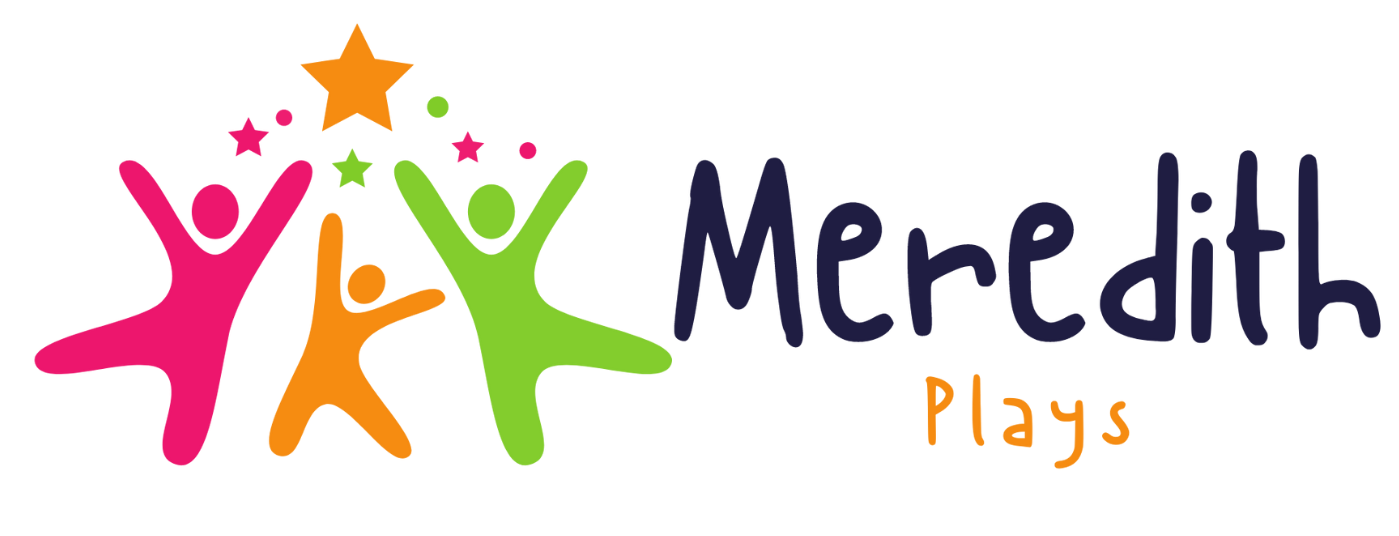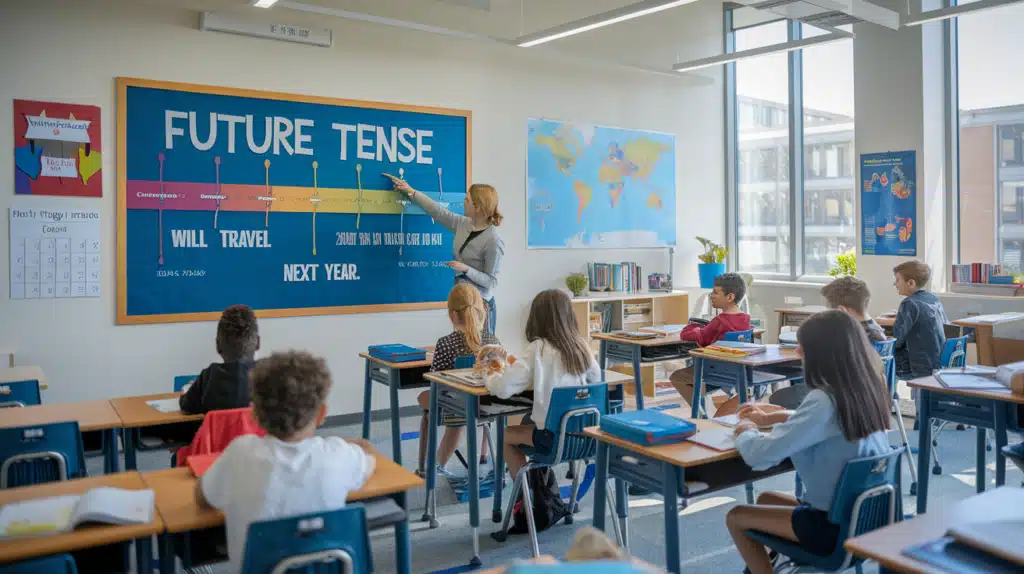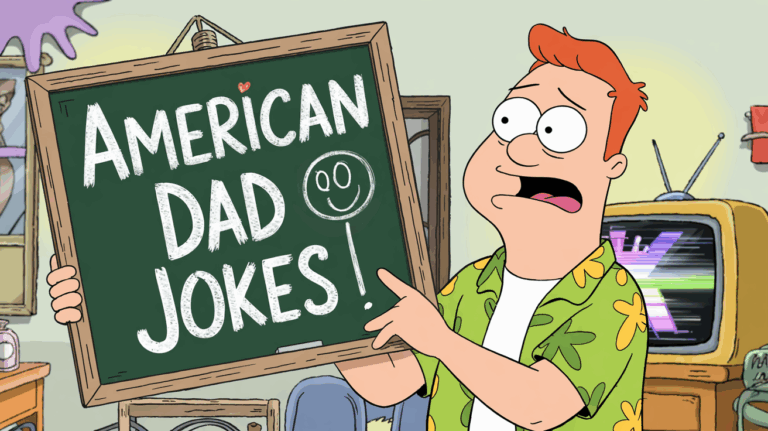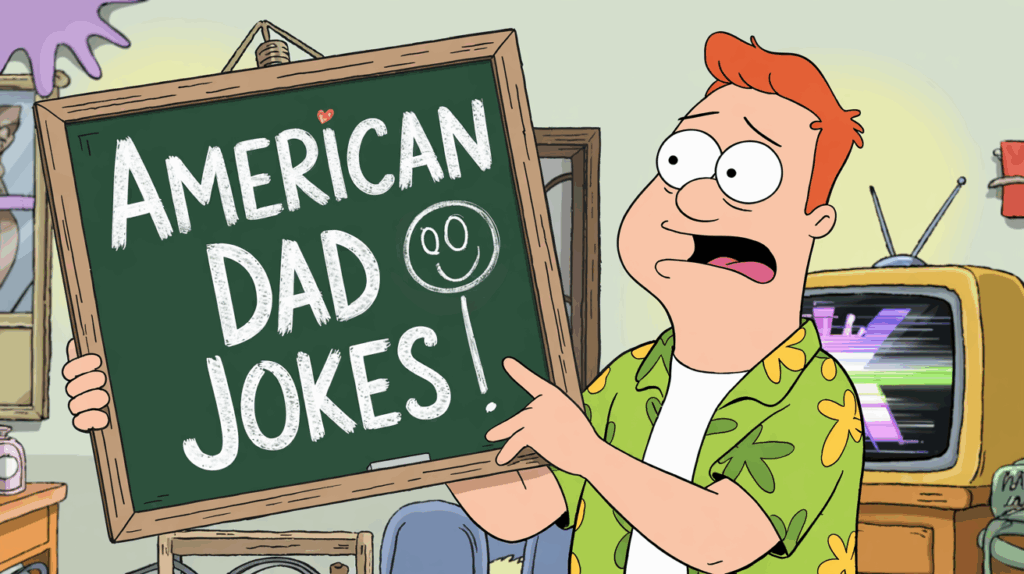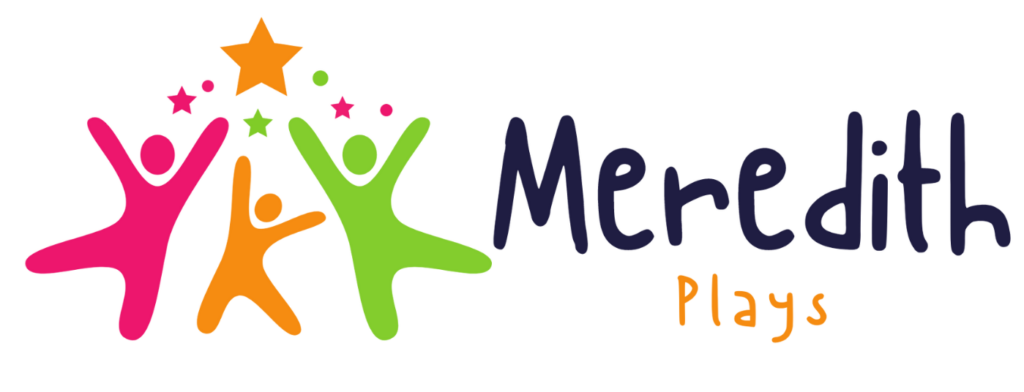Imagine standing in front of eager students who struggle to grasp the concept of future events in English.
As language teachers, we’ve all witnessed the confusion in their eyes when explaining ‘will,’ ‘going to,’ and other future expressions. Teaching the future tense effectively can transform those puzzled looks into confident smiles.
This guide will equip you with proven strategies to make future tense instruction engaging and memorable for your students.
You’ll discover practical activities, clear explanations, and innovative techniques that work in both physical and virtual classrooms.
Let’s explore how to break down complex future tense concepts into digestible lessons, use real-life scenarios, and create interactive exercises that will help your students master this essential aspect of English grammar.
What is the Future Tense?
The future tense is used to talk about actions or events that will happen in the time ahead. In English, there are several ways to express future time:
- Will/Shall + base verb “I will study tomorrow.” “We shall meet next week.”
- Be going to + base verb “They are going to travel to Paris.” “She is going to start a new job.”
- Present Continuous for planned future “I am meeting John at 6 PM.” “We are flying to London next month.”
- Simple Present for scheduled events “The train leaves at 3 PM tomorrow.” “The semester starts next Monday.”
- Be about to + base verb (immediate future) “The movie is about to begin.” “I’m about to leave for work.”
Each form has specific uses and implications:
- “Will” often expresses predictions, promises, or spontaneous decisions
- “Going to” indicates planned actions or events with present evidence
- Present Continuous suggests arranged plans
- Simple Present implies fixed schedules
- “Be about to” indicates immediacy
Understanding these distinctions helps in using the future tense appropriately in different contexts.
Simple Future Tense This is used to express actions that will take place at a specific time in the future. It’s formed using ‘will’ or ‘going to’ + base verb. Examples:
- “I will write a letter tomorrow.”
- “She is going to visit her grandmother next week.”
Future Continuous Tense This describes ongoing actions that will be happening at a particular point in the future. It’s formed using ‘will be’ + present participle (-ing form). Examples:
- “This time tomorrow, I will be flying to Paris.”
- “They will be studying when you arrive.”
Future Perfect Tense This indicates actions that will be completed before a specific time in the future. It’s formed using ‘will have’ + past participle. Examples:
- “By next month, I will have finished my thesis.”
- “She will have completed the project before the deadline.”
Future Perfect Continuous Tense This expresses actions that will be in progress over a period and will continue up to a specific point in the future. It’s formed using ‘will have been’ + present participle. Examples:
- “By December, I will have been teaching for ten years.”
- “Next week, they will have been living here for five years.”
Each type serves different purposes in expressing future time relationships.
Common Challenges in Teaching the Future Tense
Why Students Struggle with the Future Tense
Students often find the future tense challenging due to its complex nature and multiple forms of expression. Here are the main hurdles they face:
The concept of time itself can be abstract, especially when differentiating between immediate future, near future, and distant future.
Many students struggle to grasp when to use “will” versus “going to,” particularly because their native language might express future time differently.
Cultural differences in viewing and expressing future events can also create confusion. For instance, some languages use present tense for future actions, making it difficult for learners to adapt to English’s multiple future forms.
Addressing Confusion Between Similar Tenses
The similarity between various future forms often leads to confusion. Students frequently mix up:
Present Continuous vs. “Going to” – Both can express future plans, but with subtle differences in immediacy and arrangement. For example, “I am meeting John tomorrow” (arranged) versus “I’m going to meet John” (intended).
“Will” vs. “Going to” – Students often use these interchangeably without understanding their distinct implications.
“Will” typically expresses spontaneous decisions or predictions, while “going to” suggests premeditated plans or evident future outcomes.
The key to addressing these challenges lies in providing clear contexts and real-life examples that demonstrate the unique uses of each form.
Strategies to Teach the Future Tense Effectively
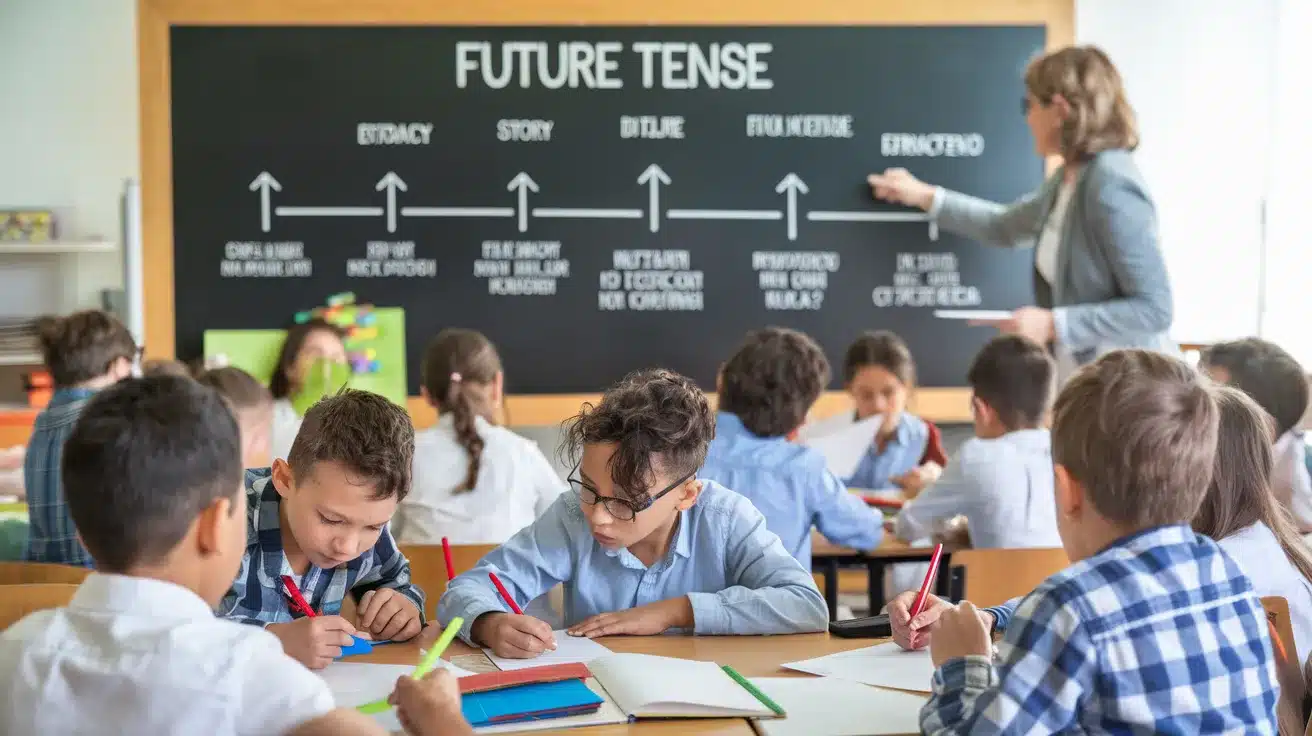
1. Introduce Through Real-Life Scenarios
Help students understand the future tense by connecting it to their daily lives. For example, ask them to share their weekend plans, upcoming holidays, or career aspirations.
Using relatable situations makes the concept practical and easier to grasp.
2. Use Visual Aids and Charts
Visual aids such as timelines, flowcharts, and diagrams can clarify how the future tense relates to time.
Create a timeline showing when actions happen (e.g., “next week” or “in five years”) and link them to specific tense forms.
3. Practice with Engaging Activities
Interactive activities can make learning enjoyable and effective.
- Story Completion Exercises: Start a story and have students finish it using future tense sentences. For instance, “Tomorrow, I will wake up early and…”
- Future Predictions Using Prompts: Provide prompts like “What will the world look like in 2050?” or “What will you be doing in 10 years?” and let students craft creative responses.
- Role-Playing Future Scenarios: Assign students roles where they plan events like a vacation, a party, or a meeting. Each student must describe their role using future tense.
Tips for Classroom Engagement
1. Encourage Peer Interaction
Peer learning creates a supportive environment where students can practice future tenses comfortably.
Create opportunities through group activities like “Future Plans Interview,” where students ask about each other’s plans, dreams, and predictions.
Partner work can include “Back-to-Back Future,” where pairs sit back-to-back and describe their imagined future daily routines.
Small group discussions about future career goals or weekend plans naturally incorporate various future tense forms.
2. Incorporate Technology and Games
Modern technology enhances future tense practice in engaging ways. Interactive online quizzes using platforms like Kahoot! make grammar practice exciting.
Digital storytelling tools allow students to create future-oriented narratives.
Games like “Future Time Traveler,” where students navigate through different time periods using appropriate tenses, add fun to learning.
Virtual reality scenarios can transport students to future situations, requiring them to describe what they “will be doing” or “are going to see.”
3. Provide Regular Feedback and Corrections
Effective feedback is crucial for mastering future tense usage. Implement immediate but gentle correction during speaking activities to prevent fossilization of errors.
Use error logs where students track their common mistakes and practice correcting them. Create opportunities for peer correction in a supportive atmosphere.
Regular progress checks through informal assessments help identify areas needing reinforcement. Provide positive feedback when students successfully use complex future forms, boosting their confidence and motivation.
These engagement strategies transform future tense learning from a theoretical exercise into an interactive, practical experience.
The key is maintaining a balance between structured practice and creative freedom while ensuring students receive the guidance they need to progress.
Assessment Techniques for the Future
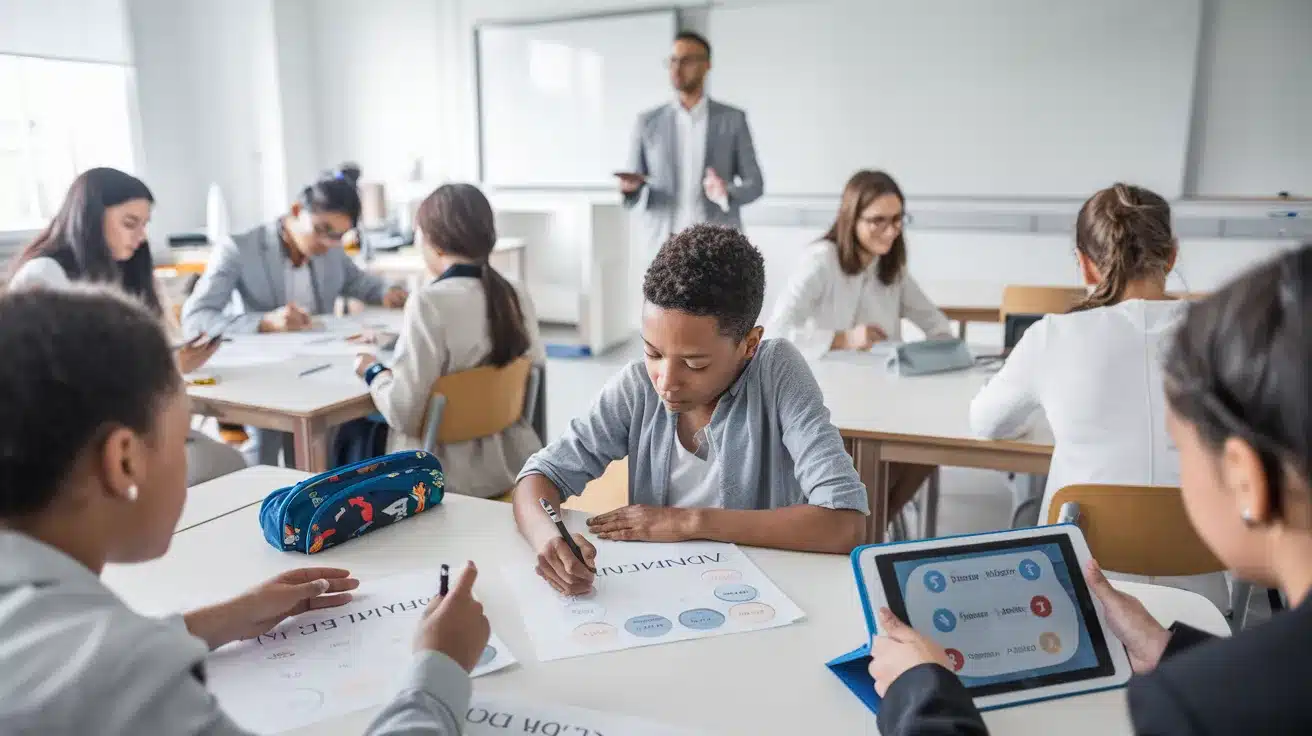
Oral Tests: Speaking About Future Plans
Speaking assessments provide valuable insights into students’ practical mastery of future tenses. Individual presentations about five-year plans encourage the use of multiple future forms naturally.
Pair interviews discussing upcoming travel plans or career aspirations create authentic speaking contexts. Group discussions about future world changes allow students to demonstrate their command of predictions and possibilities.
Create “Future Talk Cards” with scenarios that students must respond to spontaneously, showing their ability to select appropriate future forms under pressure.
Written Exercises: Writing Future Predictions
Written assessments help evaluate students’ understanding of future tense nuances. Have students write personal letters describing their plans for the next year, incorporating various future forms.
Assign creative writing tasks like “The World in 2050” to assess their ability to use future perfect and future continuous tenses.
Create newspaper articles predicting upcoming events, requiring students to demonstrate their grasp of different future expressions.
Journal entries about hopes and plans encourage natural use of future tenses while providing insight into students’ comprehension.
Interactive Quizzes and Activities
Interactive assessments combine learning with evaluation. Design timed online quizzes that test students’ ability to choose correct future forms in context.
Create collaborative projects where teams develop future-oriented presentations, assessing both accuracy and communication skills.
Implement role-play scenarios like “Future News Broadcast” where students must use specific future tenses while maintaining fluency.
Use digital tools to create adaptive assessments that adjust difficulty based on student performance.
The key to effective assessment lies in combining these different techniques to evaluate both accuracy and fluency across all language skills. Regular formative assessments help track progress and identify areas needing additional focus.
Additional Resources for Teachers
Recommended Grammar Books and Online Tools
Having the right resources can make teaching the future tense more effective and engaging. Here are some valuable options:
1. Grammar Books:
- English Grammar in Use by Raymond Murphy: A classic for understanding and teaching various tenses.
- Practical English Usage by Michael Swan: Ideal for resolving specific grammar questions.
2. Online Tools:
- Grammarly: Helps check written exercises for grammatical accuracy.
- Kahoot!: Offers interactive quizzes to make learning fun and dynamic.
- Quizlet: A great platform for creating flashcards and games to reinforce learning.
These resources provide clear explanations, examples, and engaging activities to aid teaching.
Creating Custom Worksheets for Practice
Tailored worksheets can target specific learning objectives and cater to your students’ needs. Consider including the following:
- Fill-in-the-Blanks: Provide sentences with blanks for students to fill using future tense verbs. Example: “Next week, I _____ (visit) my grandparents.”
- Sentence Transformation: Ask students to rewrite present tense sentences into future tense.
- Creative Writing Prompts: Encourage students to write a short paragraph about their future dreams or plans.
Custom worksheets allow flexibility and creativity, ensuring students practice and understand the future tense effectively.
Conclusion
Mastering the future tense opens doors to clear and confident communication in English. Through structured lessons, engaging activities, and consistent practice, students develop a natural understanding of expressing upcoming events.
Teachers play a vital role in this journey by creating dynamic learning environments that blend traditional methods with modern digital tools.
Remember that every student’s path to understanding future tenses differs.
What works for one might not work for another. The key lies in maintaining flexibility in teaching approaches while ensuring solid grammatical foundations.
By incorporating real-life scenarios, interactive exercises, and regular assessments, teachers can guide their students toward confident expression of future events.
With patience, creativity, and the right resources, both teachers and students can transform the complex world of future tenses into an achievable learning adventure.
